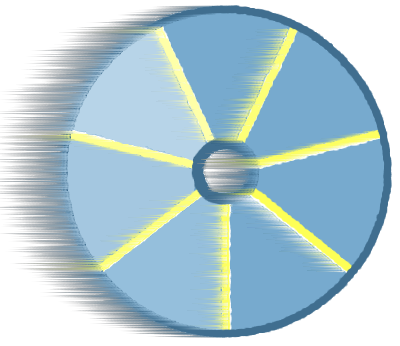Understanding Induced Travel
Induced Travel: Why Highway Widening Doesn’t Relieve Congestion
In May, 2016, CFST hosted a presentation by Susan Handy, Director of the National Center for Sustainable Transportation at UC Davis. California’s Air Resources Board had commissioned Handy to analyze studies of the impact of highway expansion on vehicle miles traveled and greenhouse gas emissions. Handy found that “Numerous studies…consistently show that adding capacity to roadways fails to alleviate congestion for long because it actually increases vehicle miles traveled.” See Susan Handy, Policy Brief.
Handy explains that there are short term and long term causes for more cars on the road after highway expansion. Shortly after a highway expansion that reduces congestion, drivers choose:
- longer trips
- more frequent trips
- travel by car instead of other modes
Long term causes of renewed congestion are:
- households and businesses relocating to more remote locations
- decentralized new development (urban sprawl)
A recent study of induced travel reports that the elasticity of VMT to new lane miles is approximately 1.0. This means adding a lane in each direction to a four lane highway (a 50% expansion) results in a 50% increase in traffic. Todd Litman summarizes this effect in his paper, Generated Traffic and Induced Travel:
“Traffic congestion tends to maintain equilibrium. Congestion reaches a point at which it constrains further growth in peak-period trips. If road capacity increases, the number of peak-period trips also increases until congestion again limits further traffic growth.”
Vehicles fill up expanded highways within 5 to 10 years, depending on the amount of “latent demand” for travel in the area. Santa Cruz County has considerable latent demand for travel, given Silicon Valley’s overwhelming market demand for housing. Any improvement in traffic congestion on Highway 1 would make the commute to housing in our county appear more appealing to Silicon Valley commuters.
If bus-on-shoulder or transit on the rail corridor reduces vehicle congestion on Highway 1, will that result in induced travel on the highway?
Yes. We learned from Susan Handy that any measure that improves vehicle flow on a highway, whether it is an additional lane or ramp metering or a new transit line, will result in induced travel. Transportation researchers report that the only measure that produces lasting congestion relief on a highway is congestion pricing, i.e., charging vehicles for use of the road. According to RTC staff, congestion pricing for Highway 1 would require state legislation.
If lasting congestion relief cannot be achieved with new highway lanes or new transit, what can be done for people who are stuck in traffic?
The main purpose of transit initiatives such as bus-on-shoulder or transit on the rail corridor is not to reduce congestion, but to offer an alternative to people who are stuck in traffic. Those transit alternatives will not suit everyone who commutes on Highway 1. But they could offer a reliable and time-efficient alternative for a significant portion of commuters—especially commuters who are making trips within the county.
Numerous studies…consistently show that adding capacity to roadways fails to alleviate congestion for long because it actually increases vehicle miles traveled.

Sylvester Turner
Houston Mayor
The region’s primary transportation strategy in the past has been to add roadway capacity… However, this approach is actually exacerbating our congestion problems.
Parties who will profit from further development in a corridor may be part of the political consensus in support of a road expansion, even as the same expansion is marketed to existing residents as a congestion reducing project.
